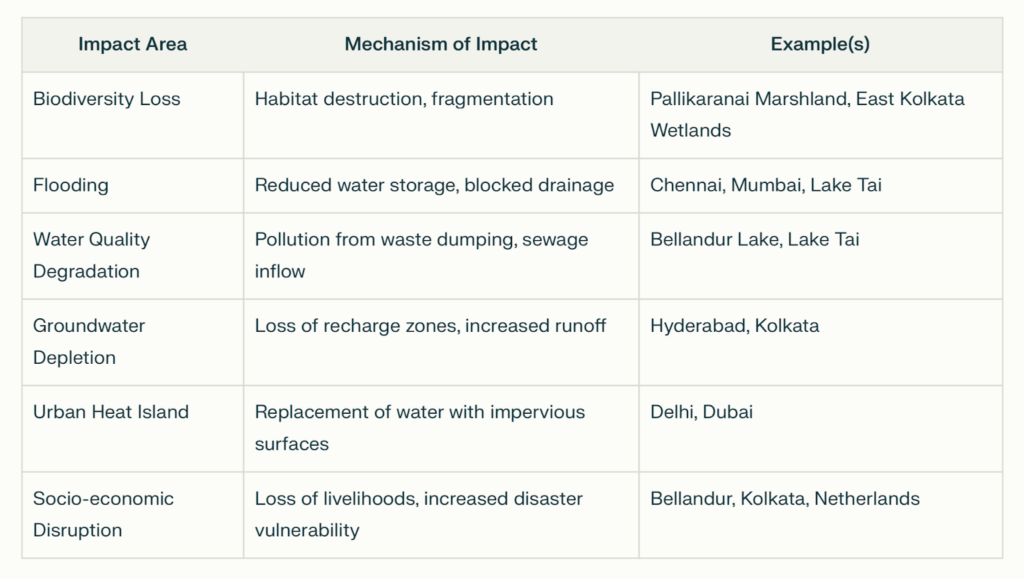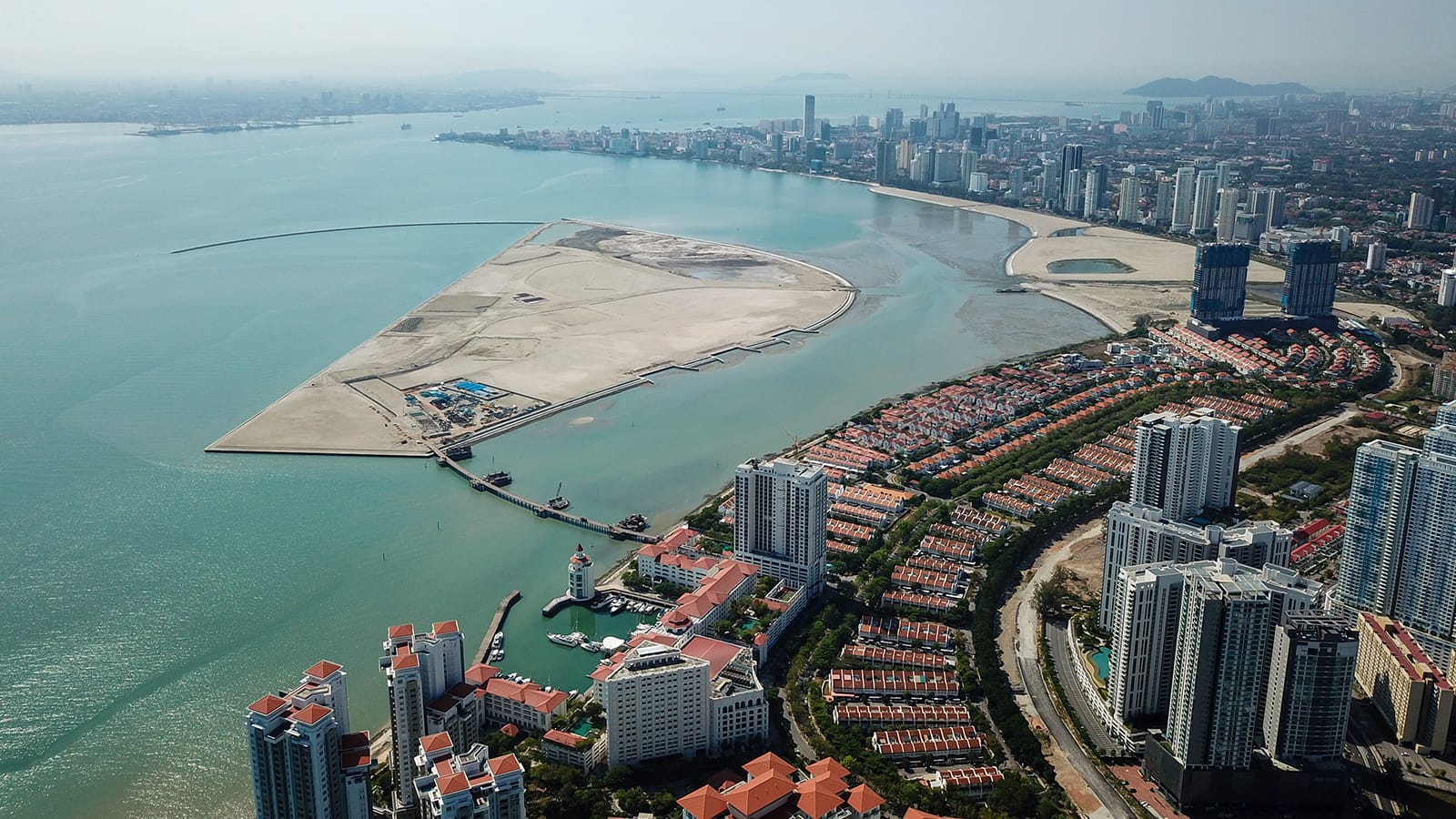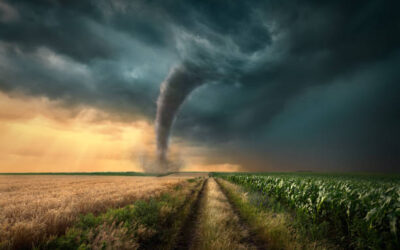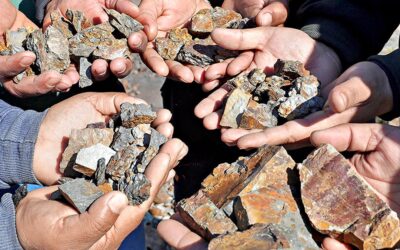Introduction
Urbanization is one of the most significant trends shaping the 21st century. As cities expand to accommodate growing populations and economic activities, the demand for land intensifies.
One common response to this demand has been the reclamation of water bodies—lakes, rivers, wetlands, marshes, and even coastal areas—transforming them into land for development. While this process may seem like a practical solution to urban land scarcity, it has far-reaching and often irreversible environmental consequences.
This article examines the environmental implications of reclaiming water bodies for urban land use. Through detailed analysis, real-world case studies from India and around the world, and a discussion of policy and management challenges, it highlights the urgent need for sustainable urban planning that respects and preserves natural water systems.
Understanding Land Reclamation
What is Land Reclamation?
Land reclamation is the process of creating new land from oceans, riverbeds, lakes, or wetlands. It typically involves draining water, filling the area with soil, sand, or other materials, and then developing the reclaimed land for urban, industrial, or infrastructural purposes.
Methods of Reclamation
- Draining: Water is pumped out or diverted, and the area is dried.
- Filling: The water body is filled with earth, rocks, construction debris, or other materials.
- Construction of Barriers: Dikes, embankments, or sea walls are built to prevent water inflow.
Drivers of Water Body Reclamation
- Urban Population Growth: Cities need more space for housing, infrastructure, and industry.
- Economic Development: Reclaimed land is often used for high-value real estate or commercial projects.
- Perceived Low Value of Wetlands: Wetlands and marshes are often seen as wastelands rather than vital ecosystems.
- Weak Environmental Regulation: Lax enforcement allows illegal encroachment and reclamation.

Environmental Implications
1. Loss of Biodiversity and Ecosystem Services
Biodiversity Hotspots Under Threat
Water bodies are among the most productive and biodiverse ecosystems. They support a wide variety of plants, fish, amphibians, birds, and mammals. The reclamation of these habitats leads to:
- Habitat Loss and Fragmentation: Many species are highly specialized and cannot survive outside their native habitats. Reclamation destroys these habitats, leading to population declines and local extinctions.
- Disruption of Migratory Routes: Wetlands and lakes are critical stopover points for migratory birds. Their loss disrupts migration patterns, threatening global biodiversity.
- Loss of Endemic Species: Certain species are found only in specific water bodies. Their destruction can lead to the extinction of unique flora and fauna.
Loss of Ecosystem Services
Water bodies provide invaluable ecosystem services, including:
- Water Purification: Wetlands filter pollutants and sediments, improving water quality.
- Flood Control: Natural water bodies absorb excess rainfall, reducing flood risk.
- Groundwater Recharge: Lakes and wetlands allow rainwater to percolate, replenishing aquifers.
- Climate Regulation: Through evapotranspiration, water bodies help regulate local temperatures and humidity.
Example: Pallikaranai Marshland, Chennai
Once covering over 7,000 hectares, the Pallikaranai marsh has been reduced to less than 10% of its original size due to dumping, construction, and encroachment. Over 190 bird species, including several migratory and endangered ones, have lost their habitat, and the marsh’s ability to filter pollutants and absorb flood water has been severely compromised.
2. Increased Flood Risk
Natural Flood Buffers Lost
Water bodies act as natural sponges, absorbing rainfall and releasing it slowly. When they are reclaimed:
- Reduced Water Storage Capacity: The landscape’s ability to store water decreases, leading to increased surface runoff.
- Obstructed Drainage: Encroachment on drainage channels and floodplains blocks the natural flow of water.
Urban Flooding
Cities that have lost their natural water bodies are more prone to flooding, especially during heavy rainfall. Floodwaters have nowhere to go, inundating streets, homes, and infrastructure.
Example: Chennai Floods (2015)
The catastrophic floods in Chennai in 2015 were exacerbated by the reclamation of lakes, marshes, and drainage channels. Areas like Velachery, once part of the Pallikaranai marsh, were among the worst affected. The city’s natural drainage system had been replaced by concrete and asphalt, leaving it vulnerable to flooding.
Example: Mumbai Floods (2005)
Mumbai’s Mithi River, once a wide natural watercourse, was narrowed and encroached upon for the Bandra Kurla Complex and airport expansion. During the 2005 monsoon, the river overflowed, causing devastating floods that killed over 1,000 people and caused billions in damages.
3. Decline in Water Quality
Pollution from Reclamation Activities
Reclamation often involves dumping construction debris, solid waste, and even untreated sewage into water bodies. This leads to:
- Eutrophication: Excess nutrients from sewage and runoff cause algal blooms, which deplete oxygen and kill aquatic life.
- Toxic Contamination: Industrial waste and heavy metals accumulate, making water unsafe for humans and wildlife.
- Loss of Potable Water Sources: Many cities rely on lakes and rivers for drinking water. Pollution from reclamation renders these sources unusable.
Example: Bellandur Lake, Bengaluru
Bellandur Lake, once a source of drinking water and fish, is now infamous for its toxic foam and fires caused by chemical pollution and sewage inflows. Encroachment and dumping of waste have destroyed its ecosystem, posing severe health risks to nearby residents.
4. Reduced Groundwater Recharge
Impervious Urban Surfaces
Replacing water bodies with concrete and asphalt prevents rainwater from soaking into the ground. This leads to:
- Lowered Water Table: Groundwater levels drop, making wells and boreholes run dry.
- Increased Dependence on External Water Sources: Cities are forced to import water from distant rivers or reservoirs, increasing costs and vulnerability.
Example: Hyderabad
Hyderabad’s rapid urbanization has led to the reclamation of lakes and tanks that once recharged the city’s aquifers. The result is a sharp decline in groundwater levels, forcing the city to depend on water from the Krishna and Godavari rivers.
5. Urban Heat Island Effect
Loss of Cooling Effect
Water bodies cool their surroundings through evaporation and transpiration. Their reclamation:
- Raises Local Temperatures: Concrete and asphalt absorb and retain heat, intensifying the Urban Heat Island (UHI) effect.
- Increases Energy Demand: Higher temperatures lead to greater use of air conditioning, raising electricity consumption and carbon emissions.
Example: Delhi
Delhi has lost over 200 water bodies to urban development in recent decades. The city now experiences some of the highest UHI effects in India, with summer temperatures regularly exceeding 45°C.
6. Disruption of Local Climate and Hydrological Cycles
Altered Rainfall Patterns
Large-scale changes in land use can affect local and regional climate by altering humidity, wind patterns, and rainfall distribution.
Increased Erosion and Sedimentation
The loss of wetlands and riparian vegetation increases soil erosion and sedimentation in rivers, which can:
- Reduce Reservoir Capacity: Sediment buildup reduces the storage capacity of reservoirs and dams.
- Affect Downstream Ecosystems: Increased sediment can smother aquatic habitats and disrupt fisheries.
7. Socio-Economic and Health Impacts
Livelihood Loss
Communities that depend on water bodies for fishing, agriculture, or tourism lose their livelihoods when these resources are destroyed.
Public Health Risks
Polluted and stagnant water bodies become breeding grounds for mosquitoes and waterborne diseases such as malaria, dengue, and cholera.
Social Inequality
The environmental impacts of reclamation often disproportionately affect marginalized communities who live near degraded water bodies or lack the resources to cope with flooding and pollution.
Global and Indian Case Studies
East Kolkata Wetlands, India
Background:
The East Kolkata Wetlands, a Ramsar site, once covered over 12,500 hectares and played a vital role in treating the city’s sewage naturally. Over the years, illegal encroachment, land conversion for fish farming, and urban development have reduced the wetlands by over 36%.
Impacts:
- Loss of natural sewage treatment capacity.
- Decline in fish production and biodiversity.
- Increased flooding and water pollution in Kolkata.
Lessons:
The wetlands’ unique ecosystem services are irreplaceable. Efforts to protect and restore them have been hampered by weak enforcement and lack of political will.
Pallikaranai Marshland, Chennai
Background:
Once a vast marsh, Pallikaranai has been reduced to a fraction of its original size due to dumping, construction, and road building.
Impacts:
- Increased urban flooding.
- Loss of habitat for over 190 bird species.
- Decline in groundwater recharge and water quality.
Restoration Efforts:
Recent government initiatives aim to restore 700 hectares, but ongoing encroachment and pollution remain challenges.
Bellandur Lake, Bengaluru
Background:
Bellandur Lake, the largest in Bengaluru, has been heavily encroached upon and polluted by untreated sewage and industrial waste.
Impacts:
- Toxic foam and fires.
- Urban flooding during monsoons.
- Loss of fisheries and public health hazards.
Restoration Needs:
Comprehensive efforts are needed to stop sewage inflows, remove encroachments, and restore the lake’s ecosystem.
Mithi River, Mumbai
Background:
The Mithi River has been narrowed and encroached upon for real estate and infrastructure projects.
Impacts:
- Increased flood risk.
- Loss of mangroves and natural floodplains.
- Pollution and sedimentation.
Recommendations:
Widening the river, restoring mangroves, and enforcing zoning regulations are essential for flood mitigation.
Lake Tai, China
Background:
Lake Tai, one of China’s largest freshwater lakes, has lost significant area to land reclamation for industry and agriculture.
Impacts:
- Severe algal blooms due to nutrient pollution.
- Loss of fisheries and drinking water sources.
- Increased flooding in surrounding areas.
Government Response:
China has initiated large-scale restoration projects, including pollution control and wetland restoration, to revive the lake’s ecosystem.
The Netherlands: Polders and Dikes
Background:
The Netherlands has a long history of reclaiming land from the sea using polders and dikes.
Impacts:
- Creation of fertile agricultural land.
- Loss of natural wetlands and biodiversity.
- Ongoing risk of catastrophic flooding if dikes fail.
Sustainable Approaches:
The Dutch now emphasize “Room for the River” policies, allowing rivers to flood designated areas to reduce flood risk and restore wetlands.
Palm Jumeirah, Dubai
Background:
Palm Jumeirah is an artificial island created by reclaiming land from the Persian Gulf.
Impacts:
- Disruption of marine ecosystems.
- Coastal erosion and increased temperatures.
- Socio-economic disparities.
Mitigation Measures:
Sustainable design elements like breakwaters and public transport have been integrated, but environmental challenges persist.
Mechanisms of Environmental Impact
Table: Mechanisms and Examples

Policy and Management Challenges
Weak Regulation and Enforcement
Many cities lack effective monitoring and enforcement of laws protecting water bodies. Illegal encroachments and unauthorized construction are common, often with political or economic backing.
Inadequate Urban Planning
Urban expansion often prioritizes short-term economic gains over long-term ecological sustainability. Master plans may ignore the value of wetlands, lakes, and rivers, treating them as obstacles to development.
Low Community Engagement
Conservation efforts are more successful when local communities are involved. However, many projects are top-down, with little input from those most affected.
Insufficient Funding
Environmental departments are often underfunded, limiting their ability to monitor, enforce, and restore degraded water bodies.
Conflicting Interests
Real estate developers, local governments, and residents may have conflicting interests regarding land use, making it difficult to implement conservation measures.
Mitigation and Sustainable Alternatives
1. Green Infrastructure and Nature-Based Solutions
- Rain Gardens, Bioswales, and Permeable Pavements: These features reduce runoff, filter pollutants, and enhance groundwater recharge.
- Restoration of Wetlands and Urban Lakes: Revitalizing lost ecosystems can restore ecosystem services and improve urban resilience.
2. Policy and Regulatory Measures
- Strict Enforcement: Prevent further encroachment and penalize violations.
- Integrated Urban Planning: Incorporate water bodies into city master plans as protected zones.
- Community Participation: Involve local communities in monitoring, conservation, and restoration efforts.
3. Technological Interventions
- Wastewater Treatment: Prevent pollution and restore water quality.
- Flood Early Warning Systems: Reduce disaster risk in vulnerable urban areas.
4. Economic Incentives
- Payment for Ecosystem Services (PES): Compensate communities for conserving wetlands and water bodies.
- Green Bonds: Finance restoration and conservation projects through environmentally linked financial instruments.
5. International Best Practices
- Room for the River (Netherlands): Allow rivers to flood designated areas, restoring wetlands and reducing flood risk.
- Wetland Banking (USA): Developers offset impacts by restoring or creating wetlands elsewhere.
Recommendations for Sustainable Urban Planning
1. Recognize the Value of Water Bodies
Urban planners and policymakers must recognize that water bodies are not wastelands but vital assets that provide essential ecosystem services.
2. Integrate Water Bodies into Urban Design
Cities should be designed around their natural water systems, preserving lakes, rivers, and wetlands as green-blue infrastructure.
3. Strengthen Legal Protections
Laws protecting water bodies must be enforced rigorously, with severe penalties for violations.
4. Promote Public Awareness
Educating citizens about the importance of water bodies can build support for conservation and restoration efforts.
5. Foster Multi-Stakeholder Collaboration
Effective management requires collaboration between government agencies, local communities, scientists, and the private sector.
Conclusion
The reclamation of water bodies for urban land use may offer short-term solutions to land scarcity, but it comes at a steep environmental cost.
The loss of biodiversity, increased flooding, water pollution, groundwater depletion, and urban heat stress are just some of the consequences that threaten the sustainability and resilience of cities.
Case studies from India and around the world demonstrate that the destruction of natural water systems undermines not only ecological health but also economic prosperity and social well-being. Sustainable urbanization requires a paradigm shift one that values and integrates water bodies into the fabric of urban life.
By adopting green infrastructure, enforcing regulations, engaging communities, and learning from international best practices, cities can balance development with ecological integrity. Only then can urban areas thrive as healthy, resilient, and inclusive spaces for generations to come.





0 Comments